Labour Day: History, Significance, and Celebrations Around the World.
Labour Day | ” Building a Better Future of Work. “
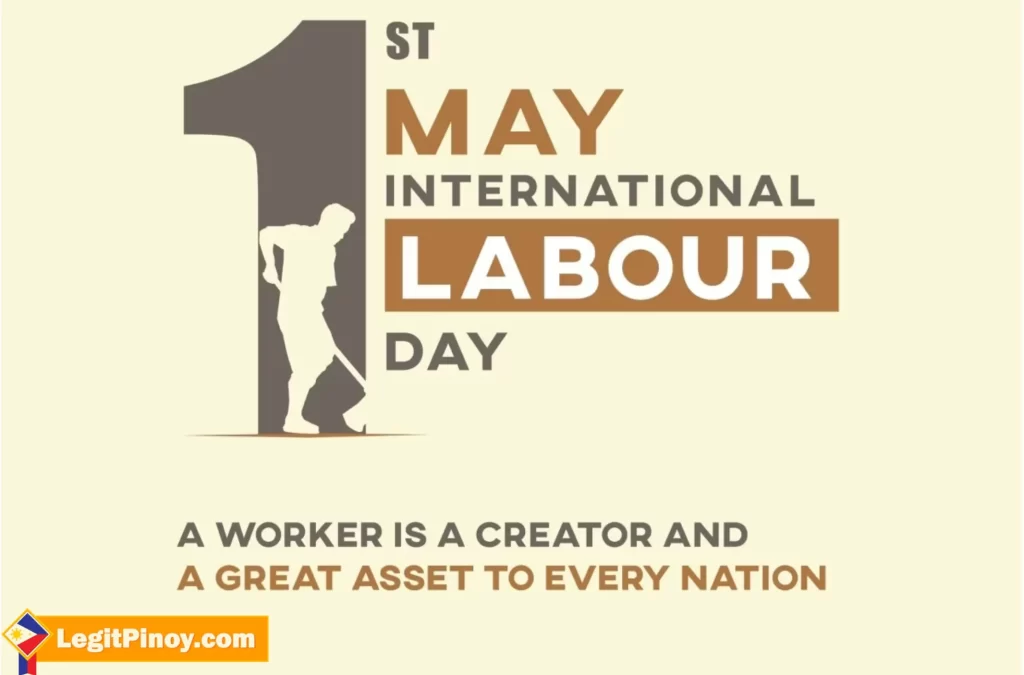
ADVERTISEMENT



WHAT IS LABOUR DAY?
Labour Day, also known as International Workers’ Day or May Day, is a public holiday celebrated in many countries around the world on May 1st. It is a day to honor and recognize the contributions of workers to society and the economy. The holiday has its origins in the labor union movement, specifically the eight-hour day movement, which advocated for eight hours of work, eight hours of recreation, and eight hours of rest.
Labour Day is often marked by parades, demonstrations, and rallies organized by trade unions and workers’ rights organizations. These events may highlight current issues facing workers, such as fair wages, safe working conditions, and workers’ rights.
The significance of Labour Day varies from country to country. In some places, it is a day of protest and activism, while in others, it is a more relaxed day of celebration and reflection. Overall, Labour Day serves as a reminder of the ongoing struggle for workers’ rights and the importance of standing up for fair and just working conditions for all.
ADVERTISEMENT

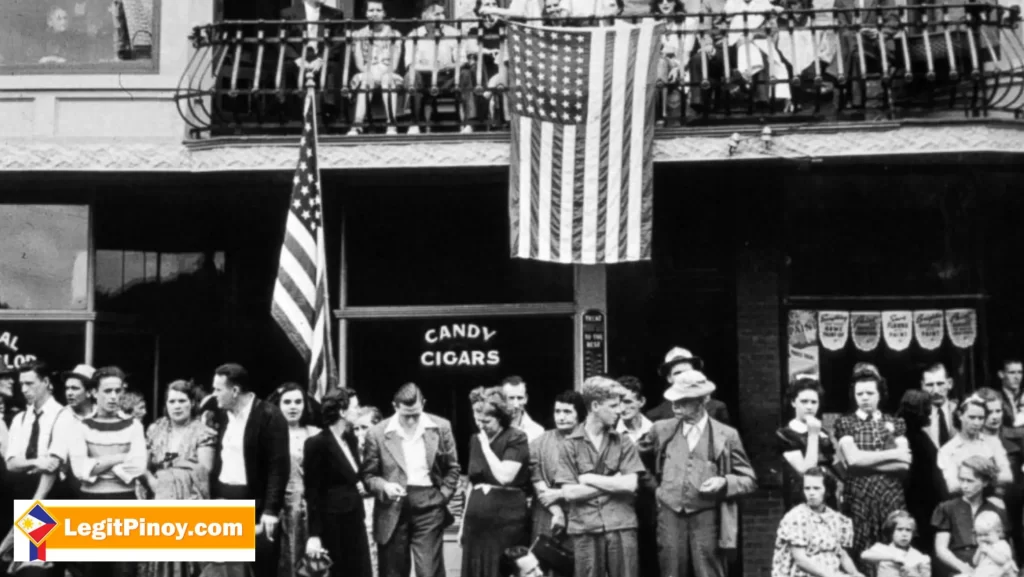
ORIGIN OF LABOUR DAY
Labor Day, also known as International Workers’ Day, is a public holiday celebrated in many countries around the world on May 1st. The origins of Labor Day can be traced back to the late 19th century when labor movements in various countries began to advocate for better working conditions, reasonable working hours, and fair wages for workers.
One of the key events in the history of Labor Day is the Haymarket affair, which occurred in Chicago, USA, in 1886. On May 1st of that year, workers were striking for an eight-hour workday. The protest turned violent, and several workers were killed in a clash with the police. In the aftermath, the labor movement adopted May 1st as an international day to commemorate the struggles of workers and to demand labor rights.
In the United States, however, Labor Day is celebrated on the first Monday of September, and its origins are slightly different. The American Labor Day can be traced back to the labor movement of the late 19th century, particularly the growth of labor unions and the push for better working conditions. The first observance of Labor Day as a holiday is believed to have been on September 5, 1882, in New York City, organized by the Central Labor Union.
Over time, Labor Day has become a day to honor the contributions of workers to society and to celebrate their achievements. It is a day for picnics, parades, and other festivities, but it also serves as a reminder of the ongoing struggles for workers’ rights and social justice around the world.
ADVERTISEMENT


HISTORY OF LABOUR DAY
Labour Day, also known as International Workers’ Day, is a celebration of the labor movement and the achievements of workers. It originated in the late 19th century when the industrial revolution led to significant changes in the working conditions of many people. Here’s an expanded look at the history of Labour Day:
- Origins: The origins of Labour Day can be traced back to the labour union movement, specifically the eight-hour day movement, which advocated for eight hours of work, eight hours of recreation, and eight hours of rest. The movement gained momentum in the United States and Canada in the late 19th century.
- Haymarket Affair (1886): One of the key events that led to the establishment of Labour Day was the Haymarket Affair in Chicago. On May 4, 1886, a peaceful rally in support of the eight-hour workday turned violent when a bomb was thrown at the police, resulting in the deaths of several policemen and civilians. The incident led to a crackdown on labour activists and the subsequent trial and execution of several individuals, including some who were not present at the rally. The Haymarket Affair became a rallying cry for the labour movement around the world.
- Establishment of Labour Day: In response to the Haymarket Affair and the growing labour movement, the International Socialist Conference declared May 1st as International Workers’ Day in 1889, to commemorate the Haymarket martyrs and to call for workers’ rights.
- Adoption of Labour Day: In many countries, including the United States and Canada, Labour Day became an official holiday to celebrate the achievements of workers and to promote workers’ rights. In the United States, Labour Day was established as a federal holiday in 1894, following the Pullman Strike, a nationwide railway strike that resulted in violent clashes between workers and the military.
- Evolution: Over the years, Labour Day has evolved to become a day of celebration and reflection on the achievements of the labour movement. It is often marked by parades, picnics, and other events to honor workers and their contributions to society.
- Global Significance: Labour Day is now celebrated in many countries around the world, often with demonstrations, rallies, and other events to advocate for workers’ rights and social justice.
Labour Day serves as a reminder of the importance of workers’ rights and the ongoing struggle for fair wages, safe working conditions, and dignity in the workplace.

LABOUR DAY IN PHILIPPINES
Labour Day in the Philippines, also known as “ Araw ng Paggawa “, is a public holiday celebrated on May 1st each year. It commemorates the contributions of workers and laborers in the Philippines and honors the labor movement around the world.
The holiday is a time to recognize the efforts and struggles of workers in their fight for better working conditions, fair wages, and workers’ rights. It is also an occasion for various labor groups, trade unions, and workers’ organizations to gather and advocate for their causes through rallies, marches, and other forms of peaceful demonstrations.
Labour Day in the Philippines is not only a day of rest but also a day of solidarity and reflection on the challenges that workers continue to face. It serves as a reminder of the importance of promoting and protecting the rights of workers to ensure a fair and just society for all.
In the Philippines, Labor Day, observed on May 1st, is a regular holiday. This means that employees are entitled to their regular holiday pay if they work on this day. Regular holidays are fixed by law and are observed nationwide.
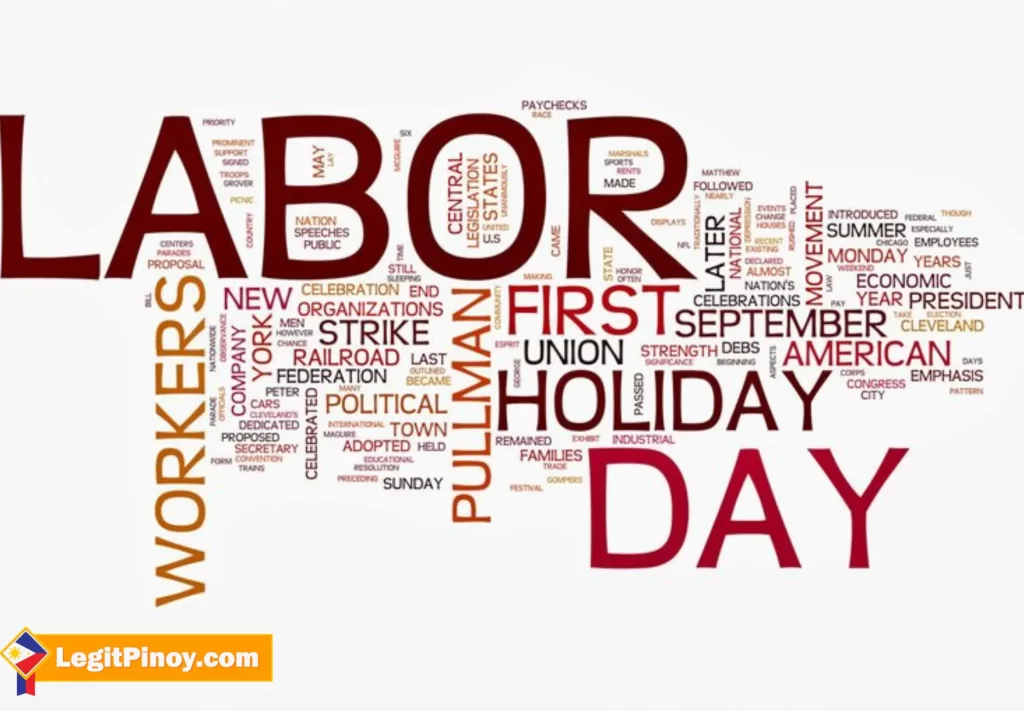
WHAT PERIOD ENDS ON LABOUR DAY?
Labor Day is a federal holiday in the United States that is celebrated on the first Monday of September. It honors the American labor movement and the contributions that workers have made to the development, growth, endurance, strength, security, prosperity, productivity, laws, sustainability, persistence, structure, and well-being of the country. Labor Day is often regarded as a day of rest and marks the end of the summer season for many Americans. It is also seen as a day for barbecues, picnics, parades, and shopping, as many retailers offer sales and discounts. Additionally, Labor Day is considered the unofficial end of the summer season, as many schools and universities begin their academic year shortly after the holiday.

International Labour Day 2024 Theme
“Building a Better Future of Work.”
International Labour Day, also known as May Day, is celebrated on the 1st of May each year to honor the contributions of workers around the world. This day is marked by various events and activities that promote the rights and well-being of workers, as well as raise awareness about the importance of decent work and employment.
The theme for International Labour Day 2024 is “Building a Better Future of Work.” This theme highlights the need for sustainable and inclusive economic growth, social justice, and decent work for all. It also emphasizes the importance of adapting to technological advancements and addressing the challenges posed by globalization.
The history of International Labour Day dates back to the late 19th century when labor movements in the United States campaigned for an eight-hour workday. On May 1, 1886, labor unions organized a strike and demonstrations across the country, demanding an eight-hour workday. The protests turned violent in some places, leading to the Haymarket affair in Chicago, where several workers were killed by the police.
In 1889, the International Socialist Conference declared May 1st as International Labour Day to commemorate the Haymarket affair and honor the labor movement. Since then, International Labour Day has been celebrated worldwide as a day to recognize the achievements and struggles of workers and to advocate for their rights.
Today, International Labour Day is celebrated with various activities such as parades, rallies, and cultural events. It is a day to reflect on the progress made in the labor movement and to renew the commitment to promoting social justice and decent work for all.
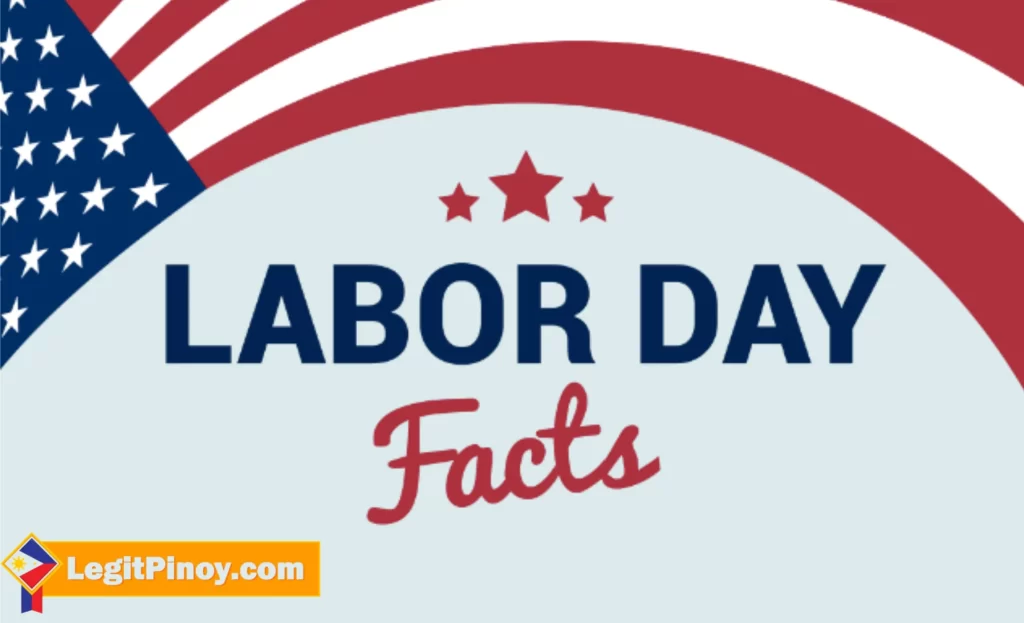
THREE FACTS ABOUT LABOUR DAY
Labor Day is a public holiday celebrated in various countries around the world, including the United States, Canada, and others. Here are three facts about Labor Day:
- Origin and History: Labor Day in the United States traces its origins back to the late 19th century. It was first celebrated in New York City on September 5, 1882, organized by the Central Labor Union. The idea of a day to honor workers and their contributions grew in popularity, and by 1894, it became a federal holiday.
- Purpose and Significance: Labor Day is intended to honor and recognize the American labor movement and the works and contributions of laborers to the development and achievements of the country. It is a day dedicated to the social and economic achievements of workers, often marked by parades, picnics, and other celebrations.
- Traditional Observance: In the United States, Labor Day is observed on the first Monday of September. It is often considered the unofficial end of summer and the start of the school year. Many people celebrate the long weekend with barbecues, family gatherings, and outdoor activities. It’s also a popular time for retail sales and promotions.
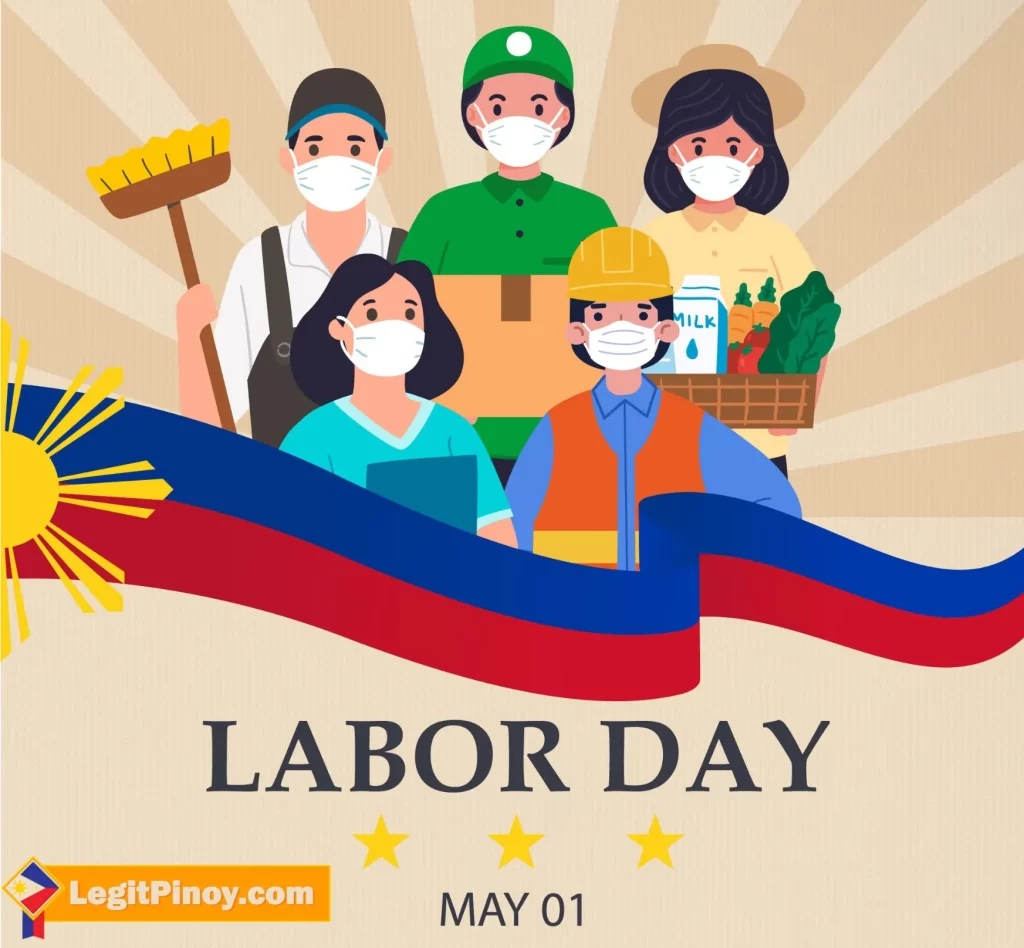
THREE FACTS ABOUT LABOUR DAY IN THE PHILIPPINES
Labor Day in the Philippines, also known as Araw ng mga Manggagawa, is celebrated on May 1st each year. Here are three facts about Labor Day in the Philippines:
- History: Labor Day in the Philippines traces its origins to the labor movement in the late 19th century. It commemorates the struggle of workers for better working conditions, fair wages, and labor rights.
- Holiday: Labor Day is a national public holiday in the Philippines. It is a non-working holiday, which means that most businesses, schools, and government offices are closed. It is a day for workers to rest and participate in various activities organized by labor groups.
- Rallies and Protests: Labor Day in the Philippines is often marked by rallies, protests, and demonstrations organized by labor groups. These events aim to raise awareness about labor issues, advocate for workers’ rights, and call for government action on labor-related concerns.

7 SURPRISING LABOUR DAY FACTS
Labor Day, celebrated on the first Monday of September in the United States, is a holiday dedicated to honoring the contributions of American workers and the labor movement. Here are seven surprising facts about Labor Day:
- Origins in the Labor Movement: Labor Day originated from the labor movement in the late 19th century, during a time of significant social and economic change in the United States. The labor movement advocated for better working conditions, fair wages, and the eight-hour workday.
- First Celebrated in New York: The first Labor Day was celebrated on September 5, 1882, in New York City, organized by the Central Labor Union. It became a federal holiday in 1894, following a series of strikes and protests for workers’ rights.
- End of Summer Celebration: Labor Day is often seen as the unofficial end of summer in the United States. Many people celebrate with barbecues, picnics, and outdoor activities, making it a day of relaxation and leisure.
- No More White: Labor Day is traditionally considered the last day when it’s acceptable to wear white clothing in the United States. This tradition dates back to the late 19th century when wearing white was a symbol of leisure and summer fashion.
- Political Significance: Labor Day is also seen as a day of political significance, with many politicians using it as an opportunity to address workers’ issues and promote their policies related to labor and employment.
- International Recognition: While the United States celebrates Labor Day on the first Monday of September, many other countries around the world also have their own versions of the holiday, often with different dates and customs.
- Symbolizes the American Work Ethic: Labor Day is often seen as a symbol of the American work ethic and the contributions of workers to the country’s prosperity. It serves as a reminder of the importance of labor rights and the ongoing struggle for workers’ rights globally.
Overall, Labor Day is a time to celebrate the achievements of workers and the labor movement, while also reflecting on the challenges that workers continue to face in the modern world.


Recommended
Interesting Articles
- Bucks Vs Pacers
- NAIA Terminal Fire 3
- Ayalawin Casino
- surewin casino
- 76ers-vs-knicks
- The princess Diaries 3
You Might Also Like
- Majesty33
- ok777 win
- jili22
- Lucky777 Casino
- ME777
- luckyjackpot888
- Lovejili
- Jilipark
- Okada988
- phtaya
- Crown89
- Bounty11
- Wine Casino
- Falcon Play
- Queen777
- party-casino
- 888 Casino
- Rich Queen
- Ayalabet

Bea Kristine, she’s a passionate writer with a keen interest in online casinos and gaming. She strives to create compelling and informative content for readers interested in the online gaming industry. Her goal is to provide valuable insights and engaging stories that resonate with her audience, helping them make informed decisions and enhance their gaming experience.
